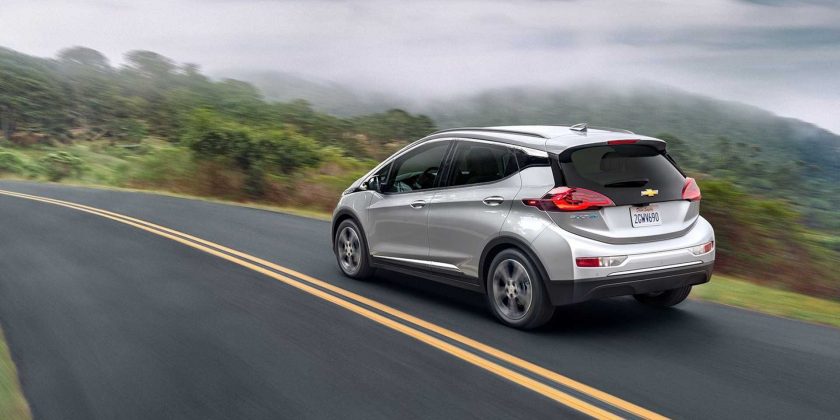Even though General Motors has said that it was making great progress replacing faulty battery packs as part of the recall that affected around 14,000 Bolt EVs, it seems some areas are lagging behind. One reader and 2020 Bolt EV owner from Alaska wrote to us explaining that she was informed by her nearest Chevy dealer that she would have to wait around four years to get the new battery installed in her vehicle.
Patricia Atkinson lives in Sitka, which is a unified city-borough located in the southeast of Alaska, home to just under 8,500 people and apparently a place where EVs are very popular, even with no public charging infrastructure. It’s also an island with no road connection to the mainland, so traveling to and from requires a boat, plane or ferry if you want to transport something large, like a car; the ferry only comes once a month and the trip takes 12 hours.
This is important because there is no Chevrolet dealership in Sitka and in order for the battery pack in her vehicle to be changed, she would have to travel to Juneau for it to be possible. When she called the Chevy dealer in Juneau, she was informed that given that location’s logistics constraints the wait time for a new battery for her electric Bolt would be around four years.
Apparently, the Juneau dealer she was in contact with said it receives four replacement battery packs on a barge and that it can only perform eight swaps per month. And with presumably hundreds of requests, you can understand why owners are now asked to wait this long.
Patricia then proceeded to call the dealership in Seattle where she originally purchased the vehicle from in March, 2021. Apparently even this place had a “years-long waiting list” and it essentially brought the entire prospect of actually getting the new battery installed into question, leaving her to question how GM had already changed so many of the faulty battery packs – in early June of 2022, the NHTSA said GM had already replaced 62 percent of the faulty packs in 2017 – 2019 model year vehicles.
However, the replacement rate in 2020 and 2021 model year vehicles was considerably lower (just 2 and 2.6 percent respectively), so it’s clear GM prioritized swapping packs in older Bolts before it moves to more recently manufactured vehicles. It could also be that certain regions where transport and logistics are more difficult are lagging behind more developed and densely populated areas that can do more swaps more quickly, although we don’t have any concrete data to back up this claim.
- Share on Facebook
- Share on Twitter
- Share on LinkedIn
- Share on Flipboard
- Share on Reddit
- Share on WhatsApp
- Send to email
Source: Read Full Article

